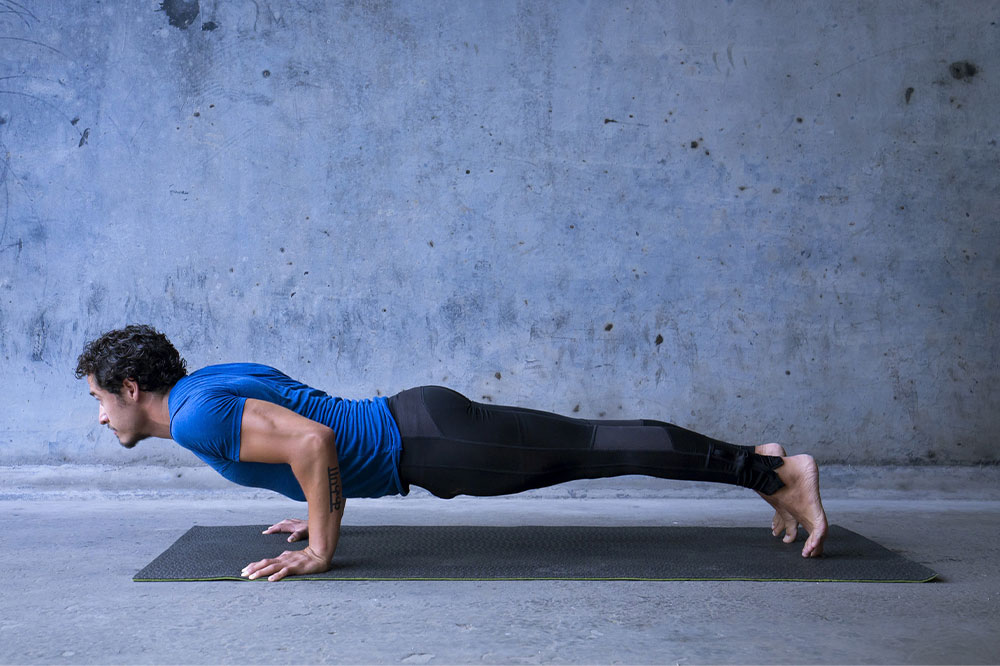Comprehensive Yoga Strategies to Control High Blood Pressure Naturally
This comprehensive guide explores effective yoga techniques to naturally manage high blood pressure. It highlights specific poses, breathing exercises, and lifestyle tips that support cardiovascular health. Incorporating yoga into daily routines can help reduce stress, improve blood circulation, and maintain healthy blood pressure levels, offering a holistic, drug-free approach to hypertension management suitable for all levels. Regular practice, combined with healthy habits, can significantly enhance overall well-being and reduce health risks associated with hypertension.

Comprehensive Yoga Strategies to Control High Blood Pressure Naturally
High blood pressure, medically known as hypertension, is a prevalent condition impacting millions of individuals worldwide. Often dubbed the 'silent killer,' hypertension silently raises the risk of life-threatening complications such as strokes, heart failure, and kidney diseases. According to recent statistics, nearly one-third of adults in the United States suffer from hypertension, emphasizing the need for effective management strategies beyond conventional medication.
While pharmaceutical treatments are widely prescribed, increasing evidence suggests that yoga and mindful breathing exercises offer a safe, natural, and holistic approach to controlling blood pressure levels. Incorporating specific yoga poses and breathing techniques into daily routines can significantly improve blood circulation, reduce stress levels, and promote overall cardiovascular health.
In this article, we delve into various yoga exercises that can aid in managing high blood pressure, outlining their benefits and proper techniques to maximize their effectiveness. Whether you are a beginner or experienced practitioner, these exercises can be adapted to fit individual needs, providing a sustainable way to maintain optimal blood pressure levels and improve quality of life.
Understanding the Benefits of Yoga for Hypertension
Yoga's multifaceted approach combines physical postures (asanas), breathing techniques (pranayama), and meditation, creating a powerful synergy to enhance physical and mental well-being. For individuals with hypertension, this practice helps in several ways:
Reduces stress and anxiety, which are known contributors to elevated blood pressure
Improves blood circulation throughout the body
Strengthens cardiac function
Helps in weight management by promoting physical activity and metabolic health
Enhances relaxation, leading to lower heart rates and blood pressure
Regular yoga practice can be a vital component of an integrated hypertension management plan, working alongside medication and lifestyle modifications to achieve better health outcomes.
Effective Yoga Postures for Hypertension Management
Below are some influential yoga poses tailored to help regulate blood pressure effectively. It is recommended to practice these under the guidance of a qualified yoga instructor, especially for beginners, to ensure safety and correct technique.
Headstand (Sirsasana): This inversion pose enhances cerebral blood flow, relieves mental stress, and promotes relaxation. Do not perform if you have neck issues or hypertension complications without medical clearance.
Diamond Pose (Vajrasana): Sitting in this pose stabilizes digestion, supports weight management, and improves blood circulation in the lower limbs.
Forward Bend (Uttanasana): Gentle forward bends help reduce fat deposits around the abdomen, aid in weight loss, and relax the nervous system.
Corpse Pose (Savasana): Practicing Savasana relaxes the entire body, alleviating stress and calming the nervous system, which is crucial for blood pressure control.
Easy Pose (Sukhasana): A seated posture that facilitates deep breathing and promotes mental tranquility, reducing hypertension symptoms.
Sitting Half Spinal Twist (Ardha Matsyendrasana): This twisting pose stimulates spinal health, energizes the nervous system, and aids in blood pressure regulation.
Bound Angle Pose (Baddha Konasana): Improves blood flow to the pelvis and lower extremities, supporting overall circulation.
One-legged Forward Bend (Janu Sirsasana): Assists in weight loss, enhances flexibility, and helps stabilize blood pressure levels.
Supported Bridge Pose (Setu Bandhasana): Activates the kidneys and calms the nervous system, contributing to lowered blood pressure.
Half Plough Pose (Ardha Halasana): Focuses on thigh and abdominal fat reduction, supporting overall cardiovascular health.
In addition to these physical postures, incorporating breathing techniques such as slow diaphragmatic breathing and alternate nostril breathing (Nadi Shodhana) can further enhance the benefits of yoga practice. These techniques foster mental calmness, regulate heart rate, and contribute to blood pressure regulation.
Integrating Yoga into Daily Life for Hypertension Control
Consistency is key when it comes to yoga. To achieve lasting benefits, aim to practice these exercises at least 3-4 times a week, ideally during the early morning or late evening when the mind is more receptive to relaxation. Combine yoga with other healthy lifestyle choices, such as a balanced diet, regular aerobic exercise, stress management, and avoiding excessive salt intake.
Furthermore, mindfulness meditation and guided breathing exercises can be incorporated into daily routines to combat stress and anxiety, potent contributors to hypertension. Monitoring blood pressure regularly helps in tracking progress and adjusting practices accordingly.
Precautions and Considerations
While yoga is generally safe, individuals with severe hypertension, heart conditions, or other health concerns should consult healthcare providers before starting a new exercise regimen. Certain inversions or strenuous poses might not be suitable for all. Proper guidance ensures safe practice and maximizes health benefits.
Conclusion
Yoga offers a holistic, drug-free approach to managing high blood pressure. By integrating specific postures, breathing exercises, and mindfulness into daily life, individuals can effectively control hypertension, reduce reliance on medication, and enhance overall cardiovascular health. Embracing yoga as part of your wellness routine can lead to improved quality of life, better stress resilience, and long-term health benefits.





